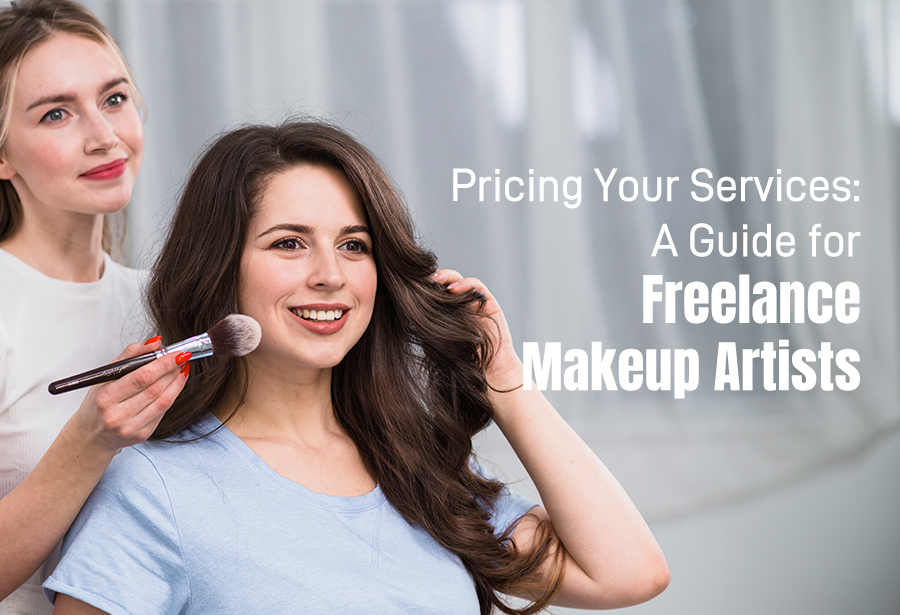
23 Sep Pricing Your Services: A Guide for Freelance Makeup Artists
As a freelance makeup artist, one of the most challenging aspects of running your business is setting the right prices for your services. Pricing too low can undervalue your skills, while pricing too high might deter potential clients. Striking the perfect balance requires careful consideration of various factors, including your experience, market demand, and business goals. This guide will walk you through the essential steps to help you price your services effectively and confidently.
-
Understand Your Costs
Before setting your prices, it’s crucial to have a clear understanding of the costs involved in providing your services. These include both direct and indirect costs:
– Direct Costs: These are the expenses directly related to the service you provide, such as makeup products, tools, and travel expenses. For instance, high-quality foundation, brushes, and other materials used for each client should be factored into your pricing.
– Indirect Costs: These include overhead expenses such as marketing, website maintenance, insurance, and professional development. While these costs aren’t directly tied to a single service, they are necessary to run your business and should be considered when setting your rates.
Understanding your costs ensures that your pricing covers your expenses and allows for profit, ensuring the sustainability of your business.
-
Research Your Market
Market research is a key step in determining competitive pricing for your services. Start by researching the rates charged by other freelance makeup artists in your area. Consider the following factors:
– Location: Pricing can vary significantly based on your location. Makeup artists in urban areas or regions with a higher cost of living may charge more than those in smaller towns.
– Experience and Reputation: Artists with more experience, certifications, and a strong reputation often charge higher rates. If you’re just starting out, you might consider pricing slightly lower than established artists but still within the market range.
– Services Offered: Compare the specific services offered by your competitors, such as bridal makeup, special effects, or editorial looks. This will help you understand the going rates for different types of makeup services.
By understanding what others in your market are charging, you can position your pricing competitively while reflecting the value you bring to the table.
-
Consider Your Experience and Skill Level
Your experience and skill level are significant factors in determining your rates. As you gain more experience, build a portfolio, and develop specialized skills, you can justify higher prices. Consider the following:
– Beginners: If you’re new to the industry, you may start with lower rates to attract clients and build your portfolio. As you gain more experience and positive client feedback, you can gradually increase your prices.
– Experienced Artists: If you have several years of experience, certifications, or have worked with high-profile clients, you can command higher rates. Your pricing should reflect your expertise and the value you provide.
– Specializations: If you specialize in certain types of makeup, such as bridal, film, or special effects, you can charge premium rates for these services. Clients seeking specialized skills are often willing to pay more for your expertise.
Remember that your pricing should evolve as you grow in your career, reflecting the increasing value you offer to your clients.
-
Determine Your Pricing Structure
There are several ways to structure your pricing as a freelance makeup artist. The best approach depends on your services and business model:
– Hourly Rate: Charging by the hour is common for services that may vary in time, such as photoshoots or fashion shows. Determine an hourly rate that covers your costs and desired profit. For instance, if you need to make $100 per hour to cover your expenses and earn a profit, set your hourly rate accordingly.
– Flat Rate: A flat rate is ideal for specific services, such as bridal makeup, where clients prefer to know the total cost upfront. For example, you might charge a flat rate for bridal makeup that includes a trial session, makeup on the wedding day, and touch-ups.
– Package Pricing: Offer package deals that include multiple services at a discounted rate. For instance, you could create a bridal package that includes makeup for the bride, bridesmaids, and a touch-up kit.
– Add-Ons: Consider offering additional services at an extra cost, such as false lash application, airbrush makeup, or hair styling. This allows clients to customize their experience while increasing your earnings.
Choose a pricing structure that aligns with your business model and makes it easy for clients to understand the value they’re getting.
-
Factor in Time and Effort
The time and effort required for each service should also influence your pricing. Consider the following:
– Service Duration: Services that take longer to complete, such as full bridal makeup, should be priced higher to account for the time involved. If a bridal makeup session typically takes three hours, factor in your hourly rate plus any additional costs.
– Preparation and Travel: If a service requires extensive preparation, such as a makeup trial or traveling to the client’s location, include these factors in your pricing. For example, charge extra for travel time if the client’s location is far from your base of operations.
– Complexity: More complex makeup looks, such as special effects or editorial work, may require advanced techniques and products. These services should be priced higher to reflect the additional skill and time required.
Ensure that your pricing reflects not only the service itself but also the time, effort, and expertise you bring to each client.
-
Communicate Your Value
When setting your prices, it’s essential to communicate the value you offer to your clients. Here’s how to do that effectively:
– Professionalism: Highlight your professionalism, including punctuality, cleanliness, and the quality of products used. Clients are more likely to pay higher rates for a makeup artist who provides a premium experience.
– Portfolio and Testimonials: Showcase your portfolio and client testimonials on your website and social media. Positive feedback from satisfied clients reinforces the value of your services.
– Education and Certifications: If you have certifications, training, or have attended workshops, make sure to mention these credentials. Clients appreciate knowing that they’re working with a well-trained professional.
Clients are more likely to pay higher rates when they understand the quality and value of the service they are receiving.
-
Review and Adjust Your Pricing Regularly
Your pricing should not be static; it should evolve with your business. Regularly review and adjust your rates based on the following:
– Market Changes: Keep an eye on market trends and adjust your pricing if you notice that competitors are raising or lowering their rates.
– Experience Growth: As you gain more experience, take on larger projects, or expand your skills, consider increasing your rates to reflect your growing expertise.
– Client Feedback: Listen to client feedback regarding your pricing. If multiple clients mention that your rates are too high or too low, consider adjusting them accordingly.
Regularly reviewing your pricing ensures that it remains competitive and reflective of your value in the market.
Pricing your services as a freelance makeup artist is a crucial aspect of running a successful business. By understanding your costs, researching the market, and considering your experience and the value you provide, you can set prices that reflect your worth and sustain your business. Remember, your pricing should evolve as you grow in your career, and it’s essential to communicate the value you offer to your clients. At Makeup Studio Training Centre, we equip aspiring makeup artists with the skills and knowledge needed to succeed in both the artistry and business aspects of their careers. With the right pricing strategy, you can attract the right clients and build a thriving freelance business.
If you are looking for a professional makeup course in Delhi, Makeup Studio Training Centre is the best academy to learn makeup. Reach out to us today and kickstart your career in make up artistry!



Sorry, the comment form is closed at this time.